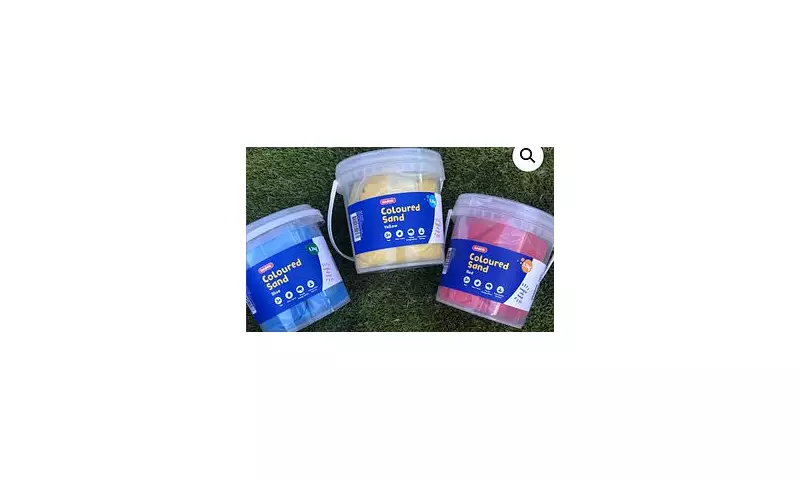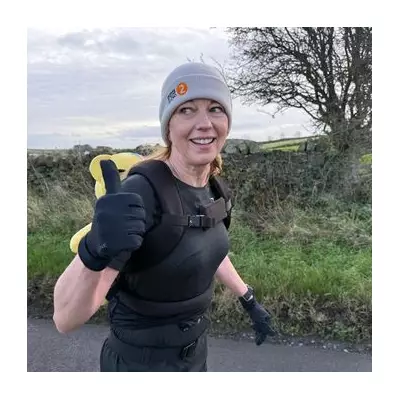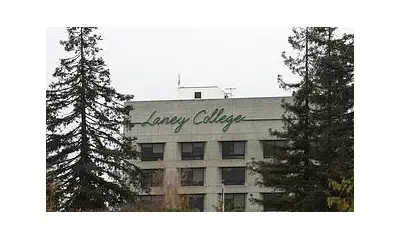
Parents and educators across the country are facing serious concerns after multiple schools and early learning centres were forced to close their doors. The shutdowns follow the alarming discovery of asbestos in coloured sand products widely used for children's art projects and sensory play activities.
What Products Are Affected?
The crisis emerged after WorkSafe ACT issued a formal contamination notice on Thursday. Laboratory testing confirmed the presence of chrysotile, a type of asbestos, in Kadink Decorative Sand. This development came hot on the heels of a recall notice from the Australian Competition and Consumer Commission (ACCC) covering several popular products.
The ACCC recall specifically targets Educational Colours Rainbow Sand (1.3kg), Creatistics Coloured Sand (1kg), and Kadink Sand (1.3kg) in various colours. Interestingly, the ACCC recall mentions potential contamination with tremolite asbestos, while WorkSafe ACT's testing found chrysotile, indicating possible multiple contamination sources.
All the affected sand products were manufactured in China and sold through major Australian retailers including Officeworks and Woolworths between 2020 and 2025.
Understanding the Health Risks
Asbestos exposure is particularly dangerous because all six types of the mineral can cause serious health problems. When asbestos becomes airborne and is inhaled, it can lead to mesothelioma, lung cancer, and asbestosis.
Medical experts emphasise that there is no safe level of exposure to asbestos. However, the risks significantly increase with the amount and frequency of exposure. A single, small exposure carries far lower risks compared to regular, heavy exposure experienced by workers in industries like construction and mining.
Particular concern exists for children, as younger people face greater long-term risks when exposed to asbestos. This is because asbestos-related diseases can take decades to develop, giving younger individuals more time for these conditions to emerge.
Despite these concerns, WorkSafe ACT has stated that the risk of exposure from the contaminated sand is low, suggesting that testing revealed only minimal levels of contamination.
How to Dispose of Contaminated Sand Safely
For parents and educators who may have the recalled products, proper disposal is crucial to minimise any potential risk. WorkSafe ACT provides detailed safety instructions that must be followed carefully.
When handling the contaminated sand, you should wear:
- Disposable gloves, tucked into cuffs with any gaps sealed with tape
- A P2-rated face mask (not a standard dust mask)
- Protective eyewear
During disposal:
- Take every precaution to prevent dust or fibres becoming airborne
- Carefully double-wrap the sand, its container, and related materials in heavy duty (200-micron) plastic bags
- Seal with tape and clearly label the package as asbestos waste
Specific information about asbestos disposal in your local area is available through the Asbestos and Silica Safety and Eradication Agency website. Anyone concerned about potential exposure should contact their GP for medical advice.
The full list of recalled product codes includes multiple colours across all three brands, so parents and educators are urged to check their supplies carefully and follow official disposal guidelines.





